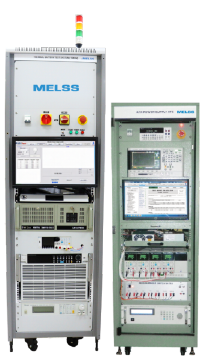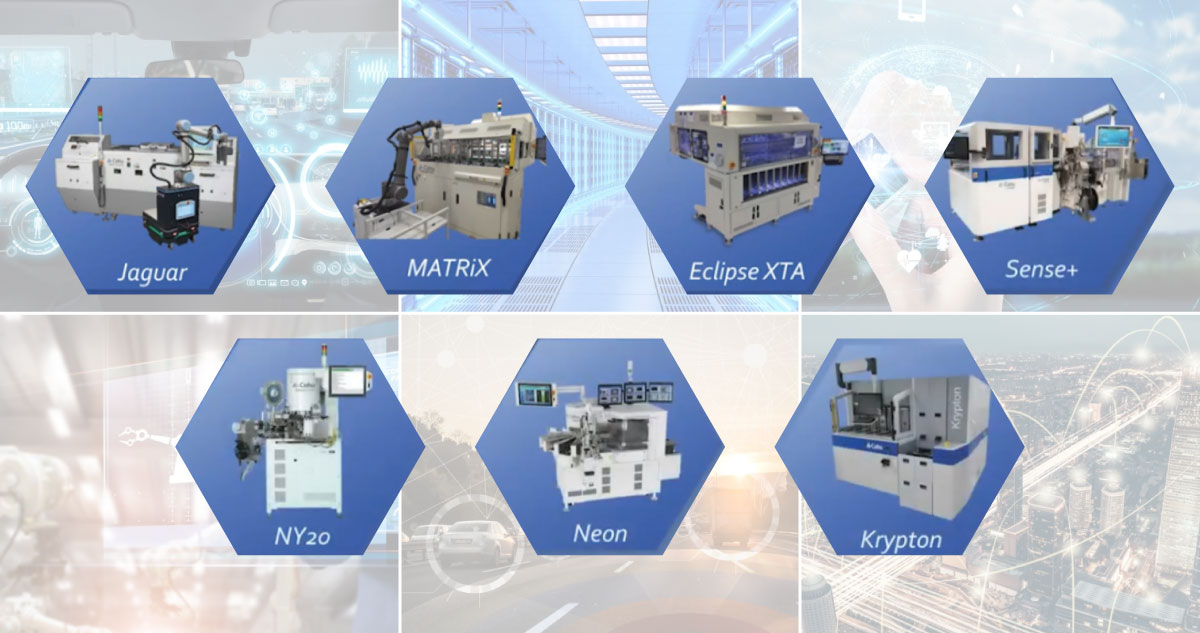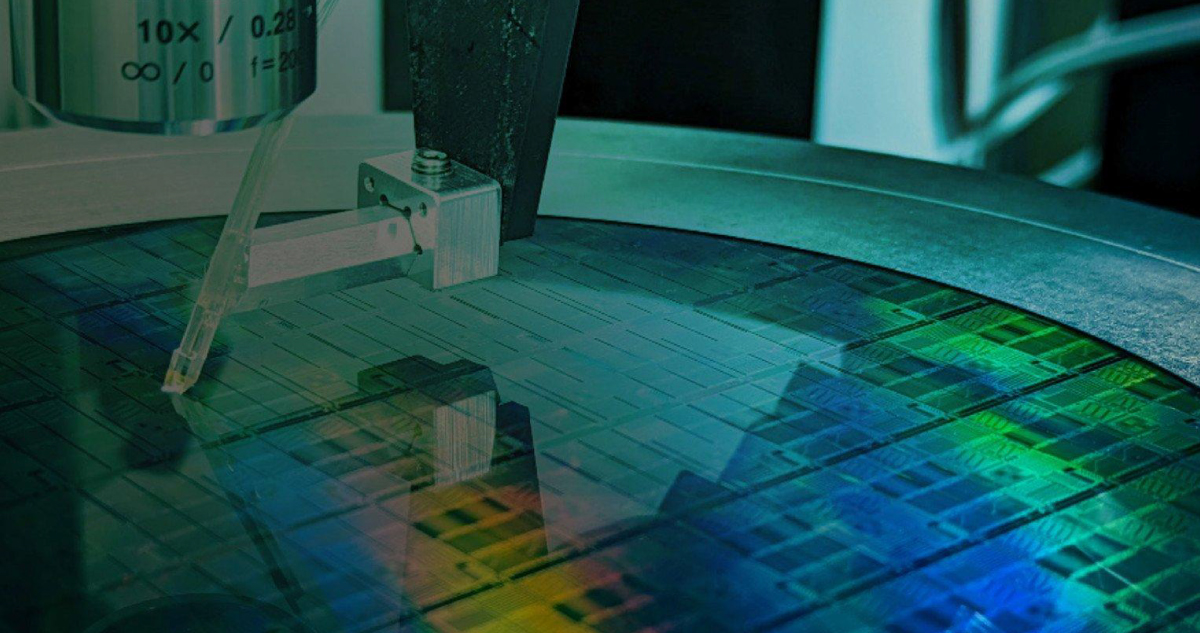Is your Spacecraft powered by a Reliable Power Supply?
Satellites and spacecraft, as with any other equipment, need reliable power supply to power the on-board devices.
Any satellite mission is based on the orbit type, expected mission life, potential radiation hazards, type of payload, weight, and cost, each varying the power supply requirements.
Types of power used
Satellites are the spacecraft that orbit the Earth, and are close enough to the Sun to be able to use solar power. Solar panels convert the Sun’s energy into electricity stored in an on-board battery to power the spacecraft.
When solar power won’t work, and for short missions, power stored in batteries is used.
Spacecraft batteries are designed to be tough. They need to work in extreme environments in space and on the surfaces of other worlds. However great the amount of charge they can store, and regardless of their size and durability, these batteries need to be recharged many times.
The importance of Power Supply Testing
Any disruption in the power supply can have a cascading effect on the performance of the devices onboard, even leading to the satellite falling apart. Also, the power supply gets degraded over time due to heating from the Sun and radiation effects in space. However large solar arrays be used, or alternative power sources be used, they need to be tested for reliable performance over the mission’s stay in space.
The need for an appropriate Automated Test Equipment (ATE)
The best way to accomplish this is by using Automated Test Equipment (ATE) equipped with suitable types of equipment.
A great example is the DC-DC converter ATE for Space applications from MELSS which consists of an Industrial PC-based unit with Digital Add-On modules.
Features of the ATE for Space Applications from MELSS

The customer end UUT unit is interfaced with the DC Source, DMM, DC Load, and Oscilloscope. The instruments are interfaced with the Industrial PC (IPC) and controlled through the application software via USB/RS232 communication interfaces.
The IPC controls and collects the measured Data from the different devices like the DMM, DC Load, DC source, and Oscilloscope for processing and display. The I/O modules in the IPC are controlled and operated to achieve the necessary test conditions.
A custom-designed interface box with a Relay Matrix arrangement meets the necessary switching requirements.
The GUI-based application Software captures the test sequence and acquires & controls the parametric values from the measurement instruments and the UUT. The Test report is generated in a non-editable format for the sequence of test, master parametric value, measured value, and the status of the test (Pass/Fail). A self-test module ascertains the serviceability status of the test and measurement instruments and the UUT.
Parameters tested
This ATE tests an exhaustive set of parameters, including the following:
- Isolation/Continuity Checks
- Input Voltages
- Output Voltages
- Output Currents
- Cross Regulation
- Transient/Noise Parameters
- Ripple
- Spike
- Stability Test
- Short Circuit Current
- Inrush Current
- Over Voltage Lockout
- Under Voltage Lockout
- Line Regulation
- Load Regulation
- Input Power
- Output Power
- Efficiency
- Settable power
Data acquired to perform the Tests
Data such as Inrush Current, Peak to Peak Output Noise, RMS Noise, Turn ON and Turn OFF Timers, Overshoot and Undershoot Voltage/Settling Times at outputs for load transients and I/P line transients, Under Voltage Lockout (UVL), and Over Current are acquired to perform the following tests.
Tests performed
- Isolation/Continuity Test using DMM and Relay Matrix
- Input Voltage Test using DC Source
- Output Voltage Test using DMM
- Output Current Test using DC Load
- Cross Regulation Test using DC Load
- Transient/Noise Parameters using Oscilloscope
- Ripple and Spike Parameters using Oscilloscope
- Stability Check using DMM
- Short Circuit Current using DC Load
- Inrush Current using DC Source and Current Probe
- Over Voltage Lockout/Under Voltage Lockout using DC Source
For more information, please contact our ATE team or visit: https://www.melss.com/automated-test-equipment/power-supply-ate/





